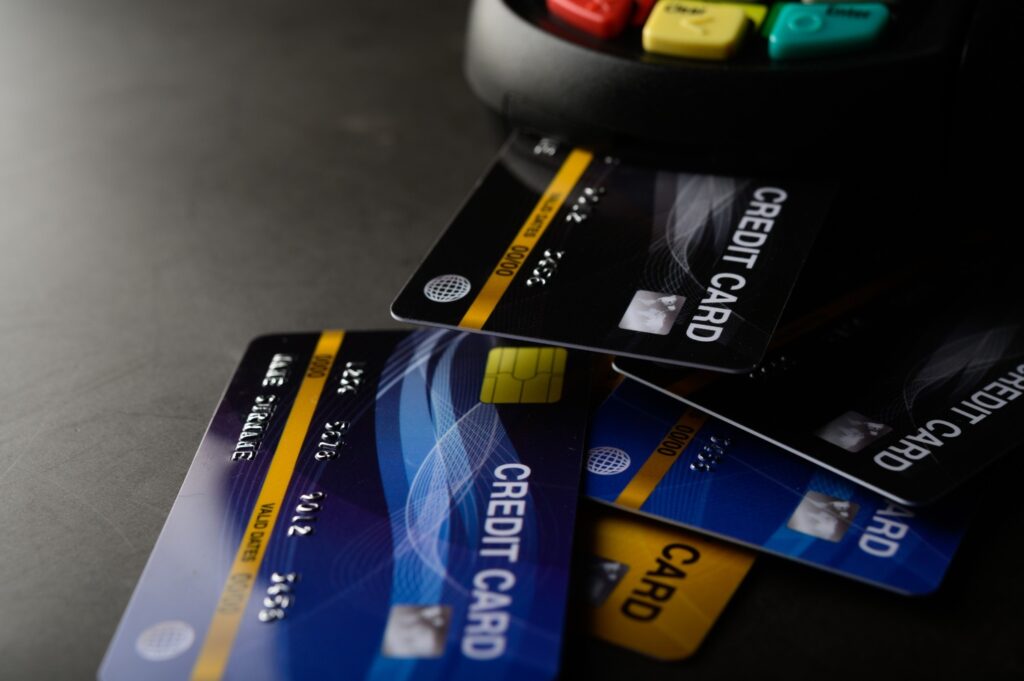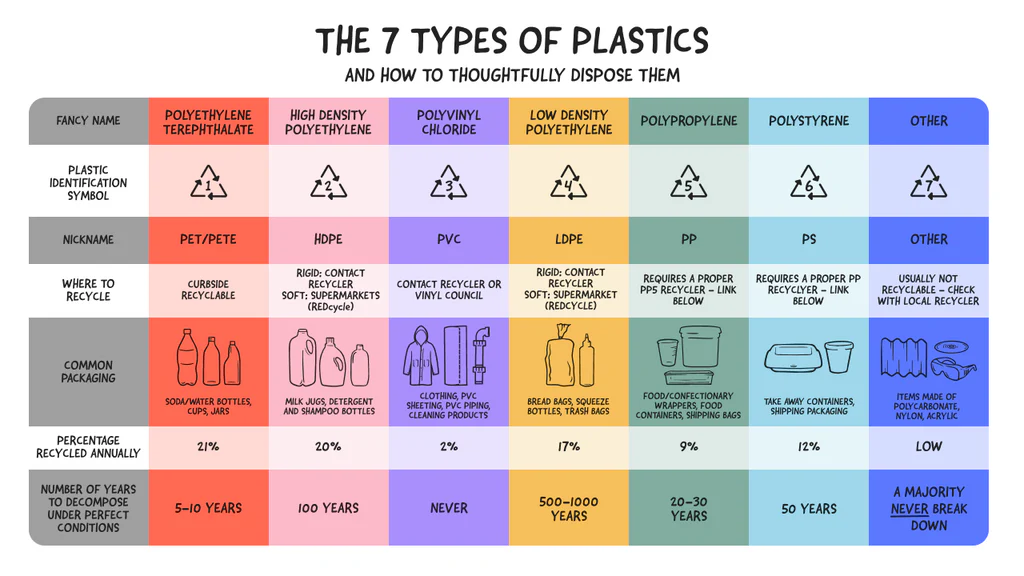Plastic Cards Recycling Statistics Australia

Since September 2023, Australia has had over 16 million credit cards active, which is 11% less than the historical average of over 18 million. In January 2025, there were 44.16 million debit cards in circulation.
Most plastic cards are manufactured with polyvinyl chloride (PVC), making them recyclable without requiring complex materials. However, they usually comprise lamination, microchips, magnetic stripes, and holograms, making them difficult to recycle. Over 90% of all office plastic waste in Australia goes to landfills.
How Many Plastic Cards Do We Use?
Since January 2025, Australia has recorded 12,129,451 credit cards in use. More than 86% of Australian consumers are members of at least one loyalty program, and about half engage actively. Moreover, the gift card market in Australia is expected to hit $7.3 billion in 2024, growing at about 8.3% on a compounded annual growth rate between 2024 and 2028 and to $10.1 billion by 2028.
Expired and unused payment, loyalty, and gift cards are a considerable source of plastic waste due to their material composition and disposal modes. Most of these cards are made of PVC plastic, which is hard to recycle and has existed in the environment for several hundred years.
Every year, billions of payment cards are issued, many of which will be shrouded in dust in landfills after expiry. The average life span of a payment card is tried to be set as three years. Each card accounts for around 5 grams of plastic. This has led to an annual issuance of around 15,000 tonnes of plastic waste, most of which end up in landfills.
Likewise, many loyalty cards cause plastic waste as they are often thrown away once they expire, or the consumer loses interest in the programs. Physical cards are estimated to create about 5.7 million tonnes of plastic waste each year and can take up to 500 years to decompose.
Why Is Recycling Plastic Cards Important?
Plastic card recycling mainly reduces pollution, conserves resources, and lowers the carbon footprint in the making and disposing of plastic cards.
The material used can take hundreds of years to decompose in a landfill, so its chemical substances slowly penetrate the earth and groundwater. In the case of incineration, harmful emissions like dioxins will pollute the air and may bioaccumulate in food chains.
Plastic waste pollution in our oceans is an ever-growing danger to marine species. Animals ingest plastic waste debris, which breaks down into microplastics that can cause stunting, injury, and even death. Plastic card recycling keeps plastic waste off the oceans and shields marine ecosystems.
Below are seven different kinds of plastics. See how they are being recycled and what the recycling logos signify:

Source: HeapsGood
Recycling plastic cards decreases energy consumption during production and reduces greenhouse gas emissions, lowering their carbon footprint. Such a process promotes the idea of a circular economy, wherein materials are reused and repurposed instead of ending in landfills. The recycling activities of plastic cards would encourage the reduction of waste, the preservation of valuable materials, the production of new items, and the maintenance of sustainability.
Further, the recycling of plastic cards educates the public on the environmental disadvantages posed by everyday goods and potentially encourages consumers and businesses to transition toward more sustainable practices.
In 2020-21, the recycling rate of plastic cards was 13%. However, the rate decreased to 12.5% from 2022 to 2023.
Challenges in Recycling Plastic Cards
Plastic card recycling entails destroying sensitive information, account numbers, and personal information in cards. It could be more complicated work, and the recycling facilities must adapt secure shredding and data destruction procedures to avoid identity theft and fraud.
Besides, traditional recycling facilities usually don’t have systems to recycle plastic cards. Cards are small, difficult to sort, and can easily slip through any gap in sorting equipment. Furthermore, the lack of widespread collection programs and clearly defined standards in the recycling processes for plastics add to this lack of success in recycling plastic cards.
Plastic cards usually take hundreds of years to decompose due to their composition. They contain chlorine and heavy metals, which make them difficult to recycle. Moreover, these materials produce harmful chemicals when incinerated or disposed of in landfills.
Current Recycling Options and Initiatives
In Australia, plastic cards can be recycled under several initiatives, such as those by Creative Plastic Cards, TerraCycle, or through some banks like Heritage Bank. Such schemes were implemented to help with the common issues regarding PVC and other recyclables found on cards.
Creative Plastic Cards: The program enables customers to buy a box for $25, fill it with unwanted plastic cards, and return it to Creative Plastics for recycling. They can fill it with up to 100 cards no larger than the size of a credit card and send it back using the supplied prepaid return label.
With every purchase of a Plastic Card Recycle Box, CPC plants a tree in Madagascar in partnership with Ecologi to counteract climate change. CPC has planted more than 14,000 trees so far and has an active CPC forest.
TerraCycle: They have a Zero Waste Box, taking all plastic cards, such as loyalty or credit cards. Customers will fill it with plastic cards and send it to TerraCycle.
A Life Cycle Assessment (LCA) found that TerraCycle's means of recycling are the most environmentally friendly compared to other recyclables. TerraCycle's recycling schemes were 73% better for rigid plastics in eight environmental criteria, including global warming potential and water use.
Heritage Bank: This scheme permits members to recycle expired or cancelled Heritage Bank Visa cards through selected local branches. Shredding of expired cards attracts legal, financial, and reputational damage.
The new Eco Card is expected to help Heritage Bank's initiative to reduce 600 kilograms of plastic production, which amounts to 30,000 plastic drink bottles. Manufacturing Eco Cards employs 65% less energy and produces 68% fewer greenhouse gases than traditional plastic cards.
Gateway Bank: This bank also offers Visa Eco Debit Cards made of plant-based material with no PVC. It uses 65% less energy than conventional plastic cards and 68% less greenhouse gas production, with no toxins involved in their manufacture. You can be sure that after its lifetime, your card will biodegrade up to 20 times faster than regular PVC cards without releasing any harmful pollutants into the environment.
Secured data destruction assures security from unauthorised access and influence about information stored in cards. The cards, especially credit and debit cards, will mostly have confidential financial data such as account numbers, names, expiration dates, and security codes. Improper destruction will open the cards to identity thieves who would use such information for making unauthorised purchases, opening accounts, or committing various other types of identity theft.
Simple Tips for Reducing Plastic Card Waste
Less use of actual plastic cards is possible by switching to various digital payment mechanisms. Contactless smartphone payments, digital wallets, and transactions over the Internet all reduce consumers' reliance on cards and plastics.
Refillable gift cards will save the environment and prolong the life of each card. You don’t have to discard a gift card after it is fully used, but you can refill more money into it and keep using it.
Gift cards also help minimise plastic card waste with no physical movement of the gift card itself. These virtual cards are worth their value for online redemption or can be shown on a mobile phone, eliminating the need to produce them in plastic.
Fulfilling such practices can benefit households and businesses by avoiding the excessive use of plastics, thus promoting sustainable living. This includes:
- Accepting digital payments
- Utilising mobile payment apps
- Preferring businesses that adhere to sustainable practices
Frequently Asked Questions
1. Can I put old cards in my household recycling bin?
Plastic cards, like credit, debit, or gift ones, are not generally accepted in typical home recycling bins.
2. Do I need to cut up my cards before recycling them?
You must shred plastic cards before disposing of them to protect one's personal information from any unwanted misuse.
3. Are metal credit cards recyclable?
Yes. Metal credit cards contain certain valuable materials that can be reclaimed and reused.
4. What if my plastic cards have personal information?
To avoid misuse of personal information, precautions must be taken in disposing of old or unwanted plastic cards, such as:
- Cutting/shredding
- Separate disposal of bits
- Deactivating the magnetic strips
- Damaging the EMV chip
- Erasing information
- Destroying metal cards
5. Is there a safe way to destroy large batches of expired cards?
Yes. Several safe methods to destroy large batches of expired cards include professional shredding services and establishing internal security protocols.
For Information about recycling statistics in Australia, click here.
- Is Fibro Asbestos? Understanding The Difference - July 14, 2025
- Household Hot Water Tank Disposal in Sydney - July 14, 2025
- Garage Clean Out & Clearance Services Sydney - July 14, 2025
